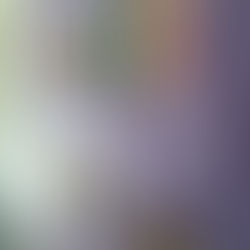Imaginary Planets w/ Watercolor & Salt

Watercolor is a fun play between control and unpredictability. There's an extras special element of texture when you add salt to wet watercolor.
This unit can be done in 2-3 lessons. It's great for a variety of ages and leaves lots of room for imagination while learning about space and science.

You start by dipping your brush in water and wetting the entire paper.

Next, just let the kids play! Tell them to add dots of color all over the paper and look really closely where the colors mix. It's pretty amazing to watch them bleed into each other. It's also always good to remind them how to use watercolor - you only need a tiny dab of paint, no need to dig it out. Mostly, focus on taking the process slowly and enjoying each brushstroke.

At a certain point, you'll want to stop the kids. If they keep adding watercolor for too long, the paper will start to dry unevenly and the colors will mix together and get dull. I'd suggest giving them 8-10 minutes for painting.

Next, add salt! Take a pinch of salt and sprinkle it on the paper. The salt will soak up the water and leave a cool speckled texture when it dries.

When the paper has dried, go outside and shake/wipe off the salt. Turn the paper over and use circle stencils (I use the tops of jars) in a variety of sizes. These are the "planets." Make sure they write their names inside each circle before they cut them out.

Next, cut them out! This is when they really start looking like planets.

Next, glue each planet onto black construction paper. When teaching kids how to use glue, I do the "dot, dot, not a lot" technique.

After everything is glued on, use a white colored pencil or pastel to draw in stars and other cosmic additions!

As a bonus, have the kids come up with names for their planets and a description of what that planet is like. They came up with some creative names and interesting planet backstories.





















